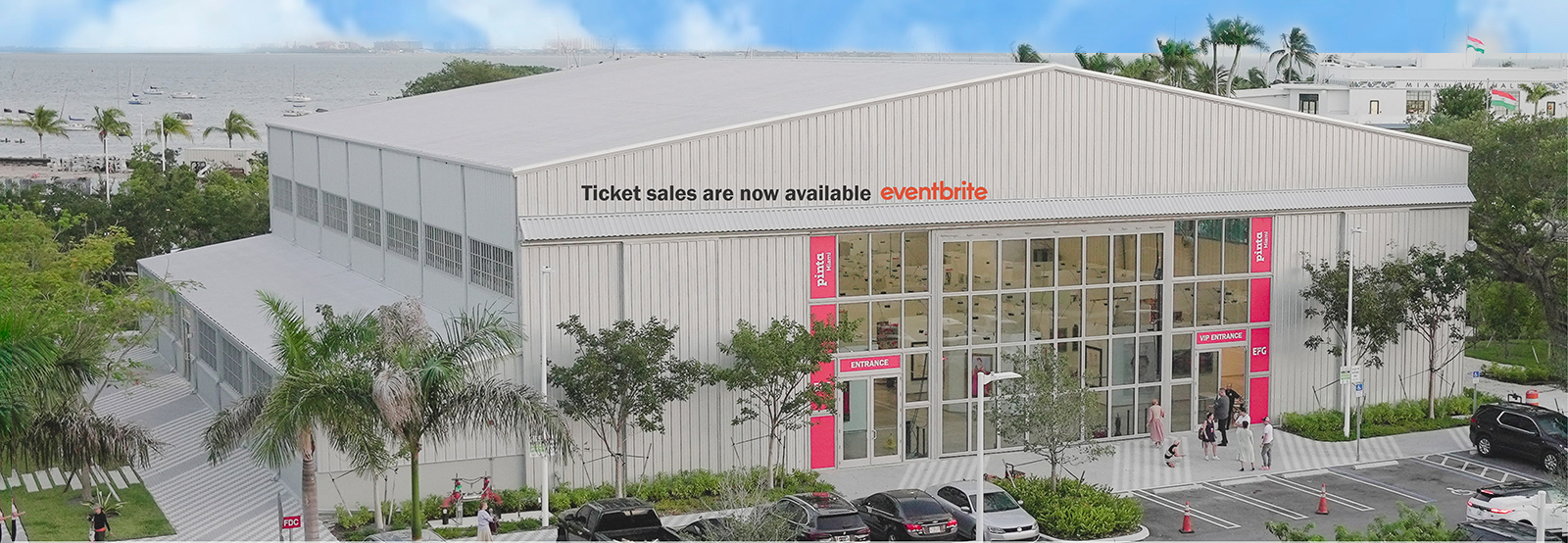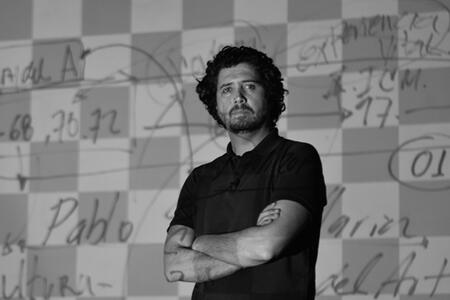Eight artists represented by five galleries from Europe and Latin America make up the proposal for the special Solo-Duo section. This edition of Pinta Miami thus incorporates a new model that allows us to contemplate, for the first time, artist duets sharing a space and proposing new horizons of meaning to their poetics.
Galleries from Puerto Rico, France, Ecuador and Spain show contemporary processes in the plastic and visual arts that show highly complex and daily issues resolved with quite conventional techniques; and others that incorporate dialogic alternatives that coexist with times and places, an issue that reinforces a return to noble materials and a constant review of the problematic dynamics that art faces in the era of virtual reality, the metaverse and its dramatic expansion that is apparently about to change the ways in which we relate not only to art, but also to also among ourselves.
Ceramics, painting, drawing, polychrome objects, images engraved with light (cyanotype) and multiple combinations speak to us of a return to know-how, a critical look that does not remain in lamentation, rather it is purposeful in front of an art scene where the artist's hand has been displaced by the interface and algorithms. This entire scenario recalls the end of the 19th century and the resistance of a large part of the art ecosystem to the ravages of the industrial revolution: Arts and craft and art nouveau seem to be reborn then with a force motivated by political, social, ethnic and very especially ecological factors.
It is not a mystery that wherever art is thought and made, it always brings up the misfortunes of its time. They are clearly, the creations of art, the best indication of what we humans do, of how we relate to the environment, with the ways of shaping our cities and communities, and of course, of reflecting the particular ways of relating accordingly to our capabilities and heterogeneity.
The Solo-Duo format allows us, then, to attend the particular way of coexistence of different people in a vital space; to build realities with the other, with diversity and in the midst of the resistance that the present proposes us. This is a section made up of emerging artists and others with a long history who show a consistent curatorship and serious research processes, providing new perspectives on issues that are often ignored, but which thanks to their power, it is possible for us to recreate life and, incidentally, take distance to gain consciousness.
Oscar Roldan-Alzate
Curator
Oscar Roldán holds aMasters degree in Plastic Arts and is Magister in Political Science by the University of Antioquia. As an independent artist, he has held several solo and group exhibitions at national and international scales for which he obtained significant mentions and distinctions. In addition, he has led several cultural projects of a collective nature. In 2002, he began to develop cultural and curatorial research and between 2008 and 2014 he worked as Chief Curator at the Museum of Modern Art of Medellin. In 2010 he founded the ALBO Program, a cultural intermediation platform that promotes site-specific projects by young Colombian artists in the art gallery Casa de la Música, Medellín. Also, in 2013 he was one of the five curators of the 43SNA - Saber Desconocer, held in Medellin.
As a political scientist, he maintains an analysis and research activity that he presents with a focus in History and Art Theory for multiple publications and academic settings. His Master’s degree research project is titled Art as the Constituent Power, Ten Cases in Colombian Art between 1995 and 2005.
Roldán currently directs the Department of Cultural Extension of the University of Antioquia, where he also participates in academic research in the Faculty of Arts, and is the Curator of Casablanca, Museo Débora Arango. Among his most recent curatorial research projects are: “Sociales. Débora Arango llega hoy…” by artist Carlos Garaicoa and “Medellín, transformación de una ciudad”, which was presented as an exhibition and book at the Assembly of the Inter-American Development Bank - IDB.

